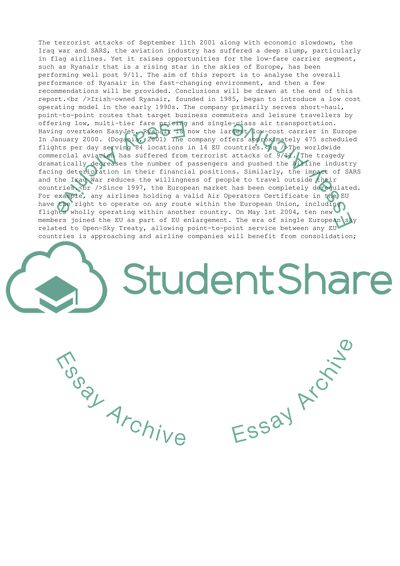Cite this document
(The research of Ryanair airline Case Study Example | Topics and Well Written Essays - 2500 words, n.d.)
The research of Ryanair airline Case Study Example | Topics and Well Written Essays - 2500 words. https://studentshare.org/business/1703203-the-research-of-ryanair-airline
The research of Ryanair airline Case Study Example | Topics and Well Written Essays - 2500 words. https://studentshare.org/business/1703203-the-research-of-ryanair-airline
(The Research of Ryanair Airline Case Study Example | Topics and Well Written Essays - 2500 Words)
The Research of Ryanair Airline Case Study Example | Topics and Well Written Essays - 2500 Words. https://studentshare.org/business/1703203-the-research-of-ryanair-airline.
The Research of Ryanair Airline Case Study Example | Topics and Well Written Essays - 2500 Words. https://studentshare.org/business/1703203-the-research-of-ryanair-airline.
“The Research of Ryanair Airline Case Study Example | Topics and Well Written Essays - 2500 Words”. https://studentshare.org/business/1703203-the-research-of-ryanair-airline.


